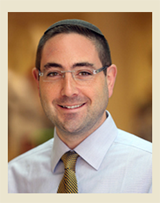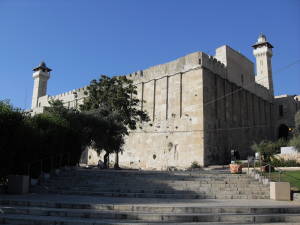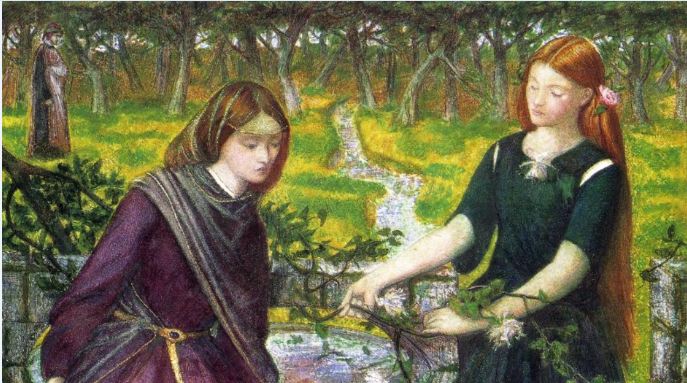
By Rabbi Ari Enkin, rabbinic director, United with Israel
It is from Leah, Jacob’s first wife, that the Jewish people learned the value of gratitude. She had six sons, including Levi and Judah, who became the two most distinguished of the 12 tribes of Israel.
Leah was the first of Jacob’s two wives and the sister of his second (and favorite), Rachel. The rabbis praised Leah elaborately, saying that “the entire world rested upon her [merits],” and she was also considered to be a prophet. The Midrash (Rabbinic commentary) teaches that Leah was the first person to have ever praised and thanked God, as it says (Gen. 29:35): “This time I will praise the Lord.” It is from her that the Jewish people learned the value of gratitude.
We are told that although Leah and Rachel were both beautiful, Rachel was more so than Leah. This is because Leah was depressed and had cried during most of her childhood (“Leah had weak eyes”) because she feared that she would be forced to marry the infamously wicked Esau. The Talmud teaches that Leah would often hear people say: “Rebecca has two sons, and Laban has two daughters. The older girl (Leah) for the older boy (Esau), and the younger girl (Rachel) for the younger boy (Jacob).” This frightened her tremendously.
Although her years of weeping negatively affected her beauty, her prayers (“May it be His will that my lot not fall in the portion of the wicked Esau”) were answered, and she indeed married the righteous Jacob rather than the wicked Esau.
Leah became Jacob’s wife through an act of deception on the part of her father, Laban. The Torah tells us that Jacob was sent to the hometown of Laban his uncle (his mother’s brother) to avoid being killed by his brother Esau and to find a wife. Upon arrival at the center of town (“by the well”) he met Laban’s younger daughter Rachel, who was tending to her father’s sheep. He quickly fell in love with Rachel and desired to marry her. Laban said that he was willing to give Rachel’s hand in marriage to Jacob on condition that Jacob would work for him seven years.

Cave of the Patriarchs, where Leah is buried. (Wikipedia)
Seven years later, however, on the wedding night, Laban deceptively switched Rachel for Leah. Laban justified his deception by claiming that it is not proper to allow the younger daughter to marry before the older one. Laban offers to give Rachel to Jacob in marriage in return for another seven years of work. Jacob accepted the offer, married Rachel a week later and then began his second round of seven years of work for his crooked father-in-law.
Jacob was warned that Laban might pull a “fast one” on him, so he prepared some safeguards in order to outsmart Laban. The safeguards, however, did not come through. As the Midrash relates, Jacob asked Rachel, “Will you marry me?” She answered: “Yes, but my father is a deceiver, and you will not be able to beat him.” Jacob asked her: “What will he do to deceive me?” She told him: “I have an older sister, and he will not marry me off before her. He will make you marry her.” Jacob said: “I will outsmart him!” Jacob then gave Rachel some secret “codes” for her to disclose under the wedding canopy and in the marital chamber so that he would be able to confirm that he was really marrying Rachel.
When Rachel saw that Leah was in fact being led out to the wedding canopy, Rachel thought: “On no! She doesn’t know the secret codes! She will be shamed and embarrassed when Jacob finds out that it is Leah and not me.” So Rachel gave the secret codes to Leah. And so it was. Jacob was successfully fooled into marrying Leah, and it wasn’t until the next morning that he realized the sisters had been switched.
Leah bore Jacob six children, including Levi and Judah, who became the two most distinguished of the 12 tribes of Israel. She died at the age of 44 and was buried in the Cave of the Patriarchs in Hebron.
